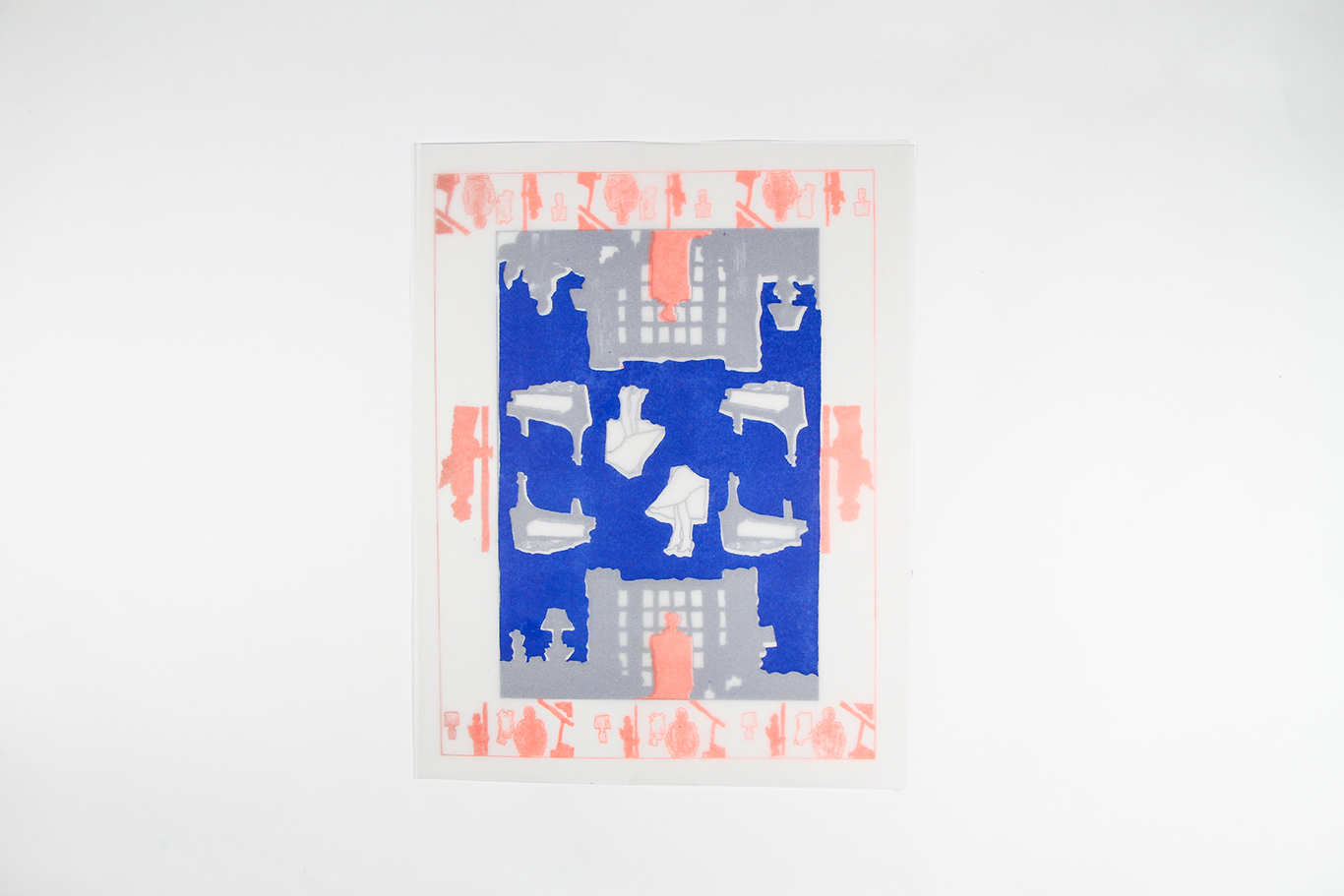
Artist Book printed in a Risograph RZ2 machine.
8.5" x 11"
White copy paper ream with interspersed printed vellum pages.
50 pages
Open edition.




















“Memory is a Photocopy” is a project that explores the fascinating nature of memory and how the way our brain recalls experience is always determined by context.
According to neuroscientist Richard E. Cytowic : “With memory, storage is not the limiting factor so much as retrieval is, because what we take and embody is first colored by context, then stored across multiple cortical repositories in a web of associations, and then retrieved at a later time in yet-different contexts. As a result, each time we remember something it is different.”
“Memory is a Photocopy” consists of a ream of copy paper. Memories of the movie “The Seven Year Itch” are printed on translucent sheets and interspersed among the white copy pages. The user can combine these pages as desired, creating different versions of each memory. Additionally, the white pages can be used as copy paper in any photocopier.
Every time we experience something—tasting ice cream for the first time, running through the rain—the moment gets stored in our brains to recall at a later time. Each experience is shaped by the context where it occurs. But there is another component to consider. Every time we recall a specific moment from our past, it is also influenced by our surroundings at the moment of recollection. This means that a memory will never be the same; we will never remember our first visit to the movie theater the exact same way because how we remember it will always be determined by where we are at the time of recollection. To complicate matters even more, every time we recall the lights dimming and the credits rolling, we’re actually remembering our last recollection of it, rather than the actual event. In this sense, our memory is a “copy of a copy.”
The “memories” in the book were drawn by hand from recollections of the movie’s scenes and then traced (also by hand) to create each layer. Due to the inexact nature of tracing, small details always changed during this process.
Each “memory” was then printed via Risograph. The machine itself is an image duplicator (or photocopier) so even more details were changed and/or modified at this stage. In essence, this project—and the user’s experience while viewing it—is a reflection of our mind and how it processes memories.
Available for purchase at A W I N D O W and Printed Matter